Editor's note: For an entire month starting August 17, CGTN will be bringing this year's Great Wildebeest Migration to your living room with our new series "Digital Safari." Let's jump onboard and get to know more about these amazing wild animals and the wonderful nature.
Jackals, sociable members of the dog family, consist of three species, namely, the golden jackal, the black-backed jackal and the side-striped jackal. The golden jackal can be found in northern Africa and south-central Eurasia, while side-striped jackals and black-backed jackals are mainly spotted in sub-Saharan Africa.
04:30
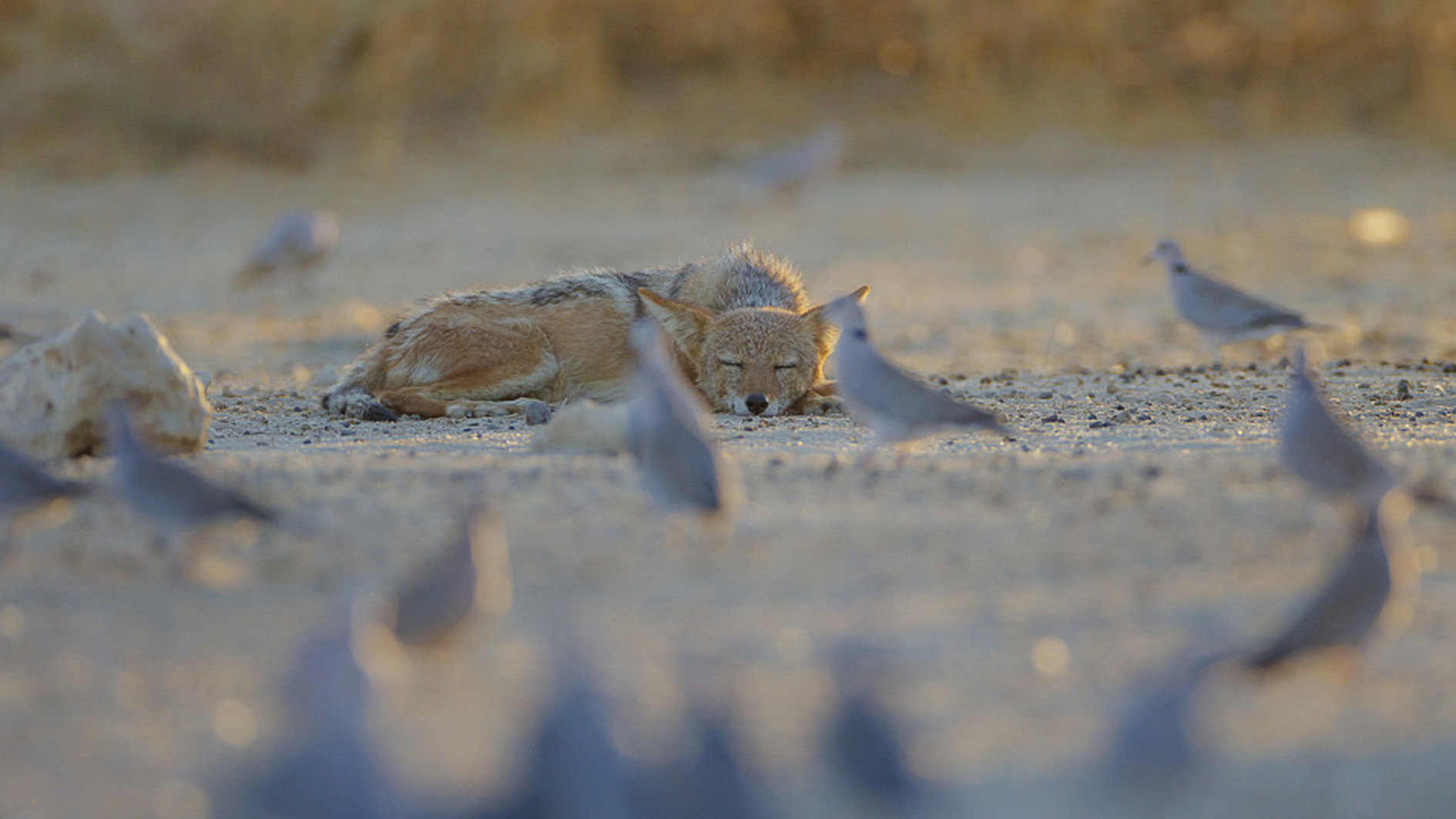
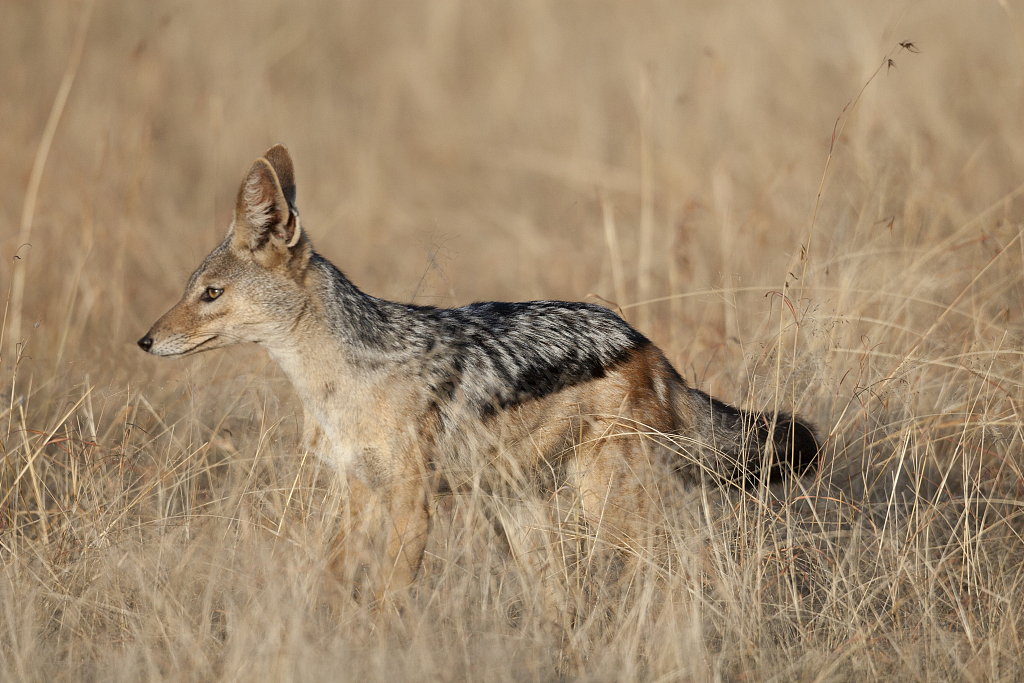
A black-backed jackal. /VCG
A black-backed jackal. /VCG
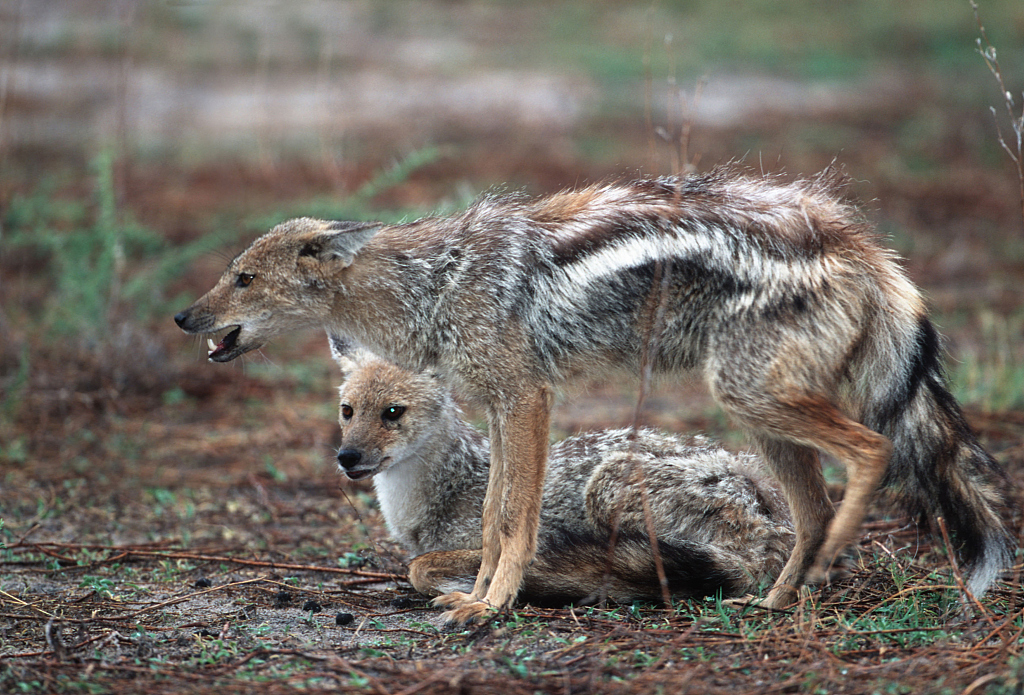
Side-striped jackals. /VCG
Side-striped jackals. /VCG
Jackals eat many things, from dead animals left by other predators to fruit and insects. The medium-sized omnivorous mammals prey on rabbits, snakes, birds and lizards.
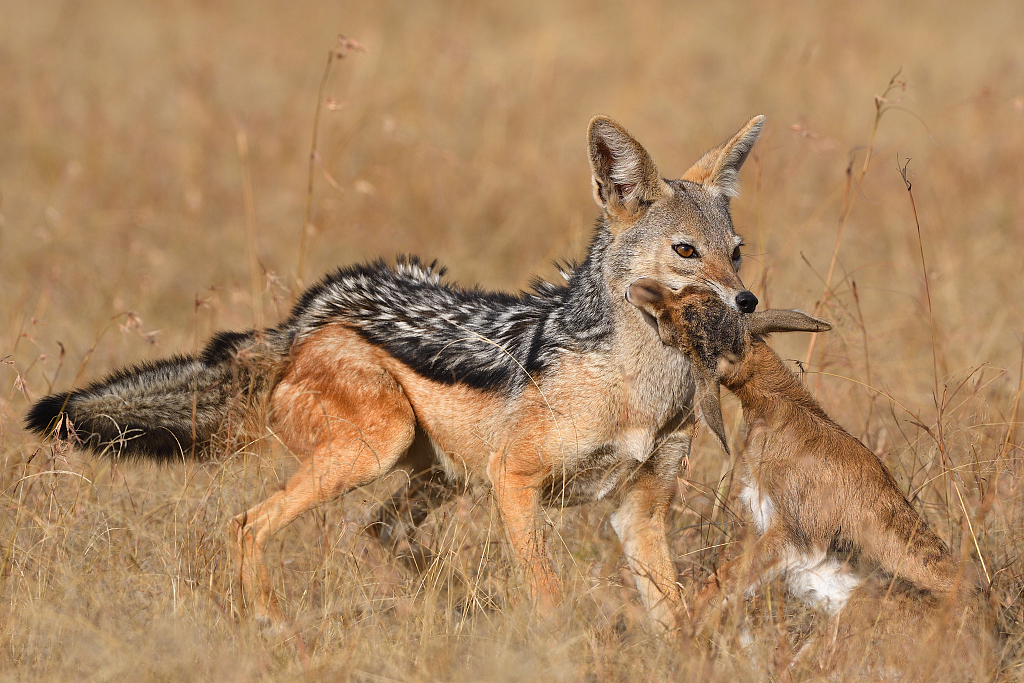
A jackal and its prey. /VCG
A jackal and its prey. /VCG
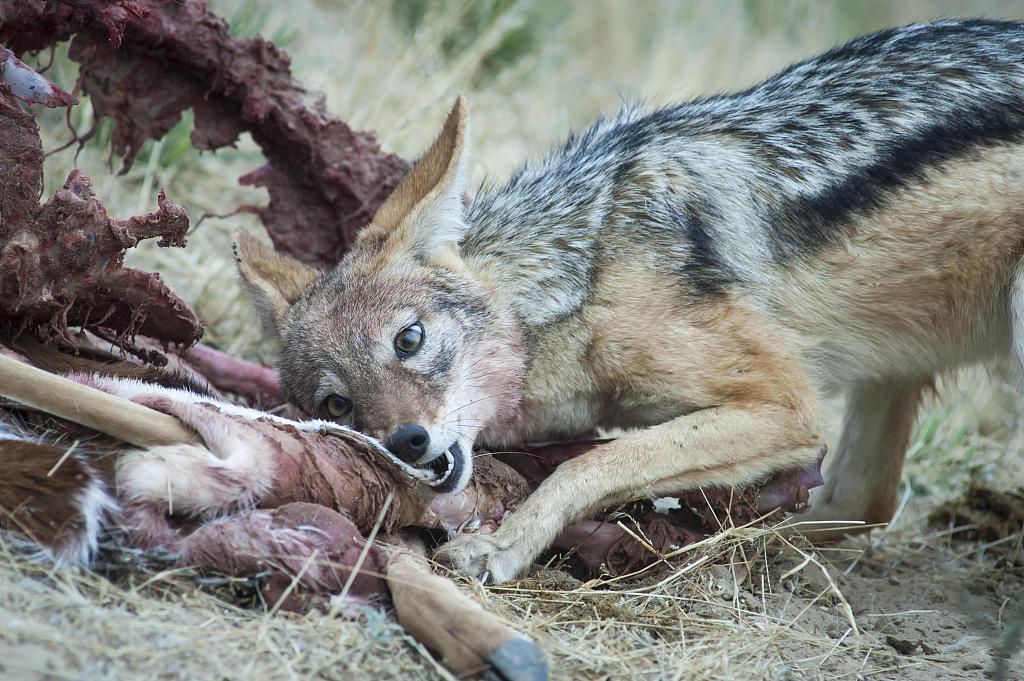
Jackals also scavenge the kills of other predators. /VCG
Jackals also scavenge the kills of other predators. /VCG
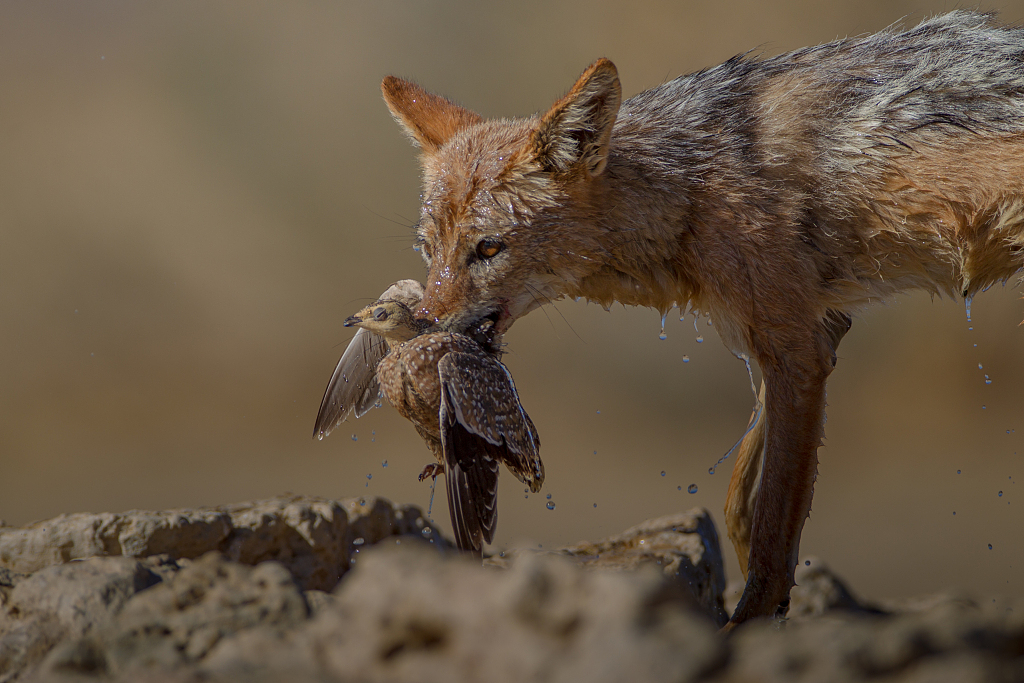
A bird caught by a jackal. /VCG
A bird caught by a jackal. /VCG
During the daytime, jackals usually hide themselves in brush. They hunt at dusk. Sometimes they hunt in small packs, but they are usually seen in pairs or alone.
The gestation period of a female jackal is usually around two months. Cubs are born in a concealed den and the mother jackal changes the location of the den to protect her cubs from predators such as hyenas and leopards.
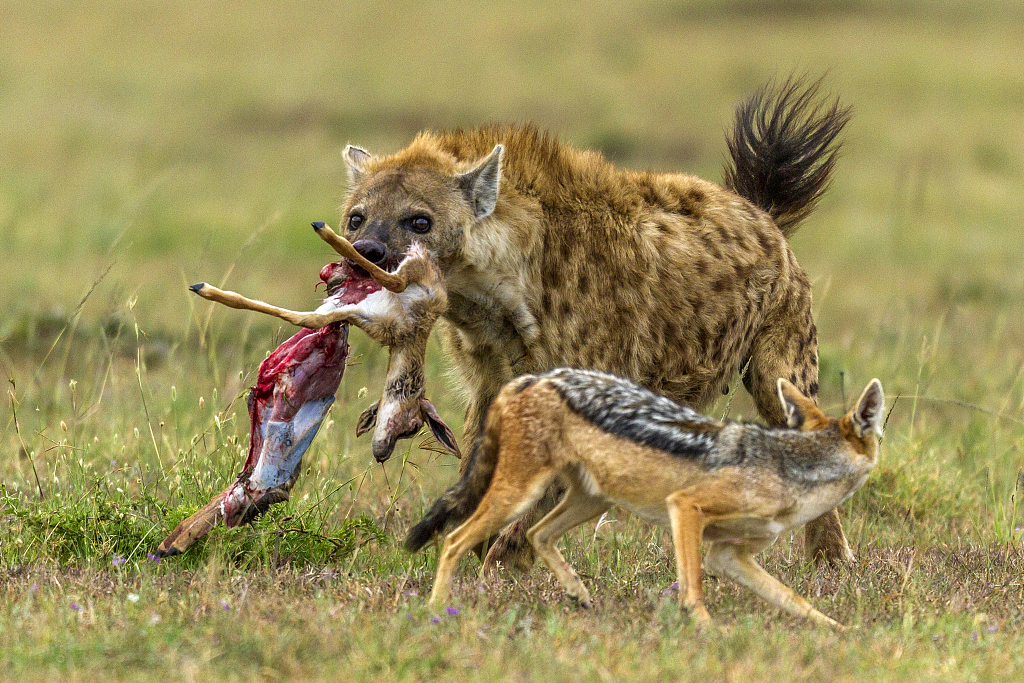
Hyenas are one of the jackals' most feared predators. /VCG
Hyenas are one of the jackals' most feared predators. /VCG
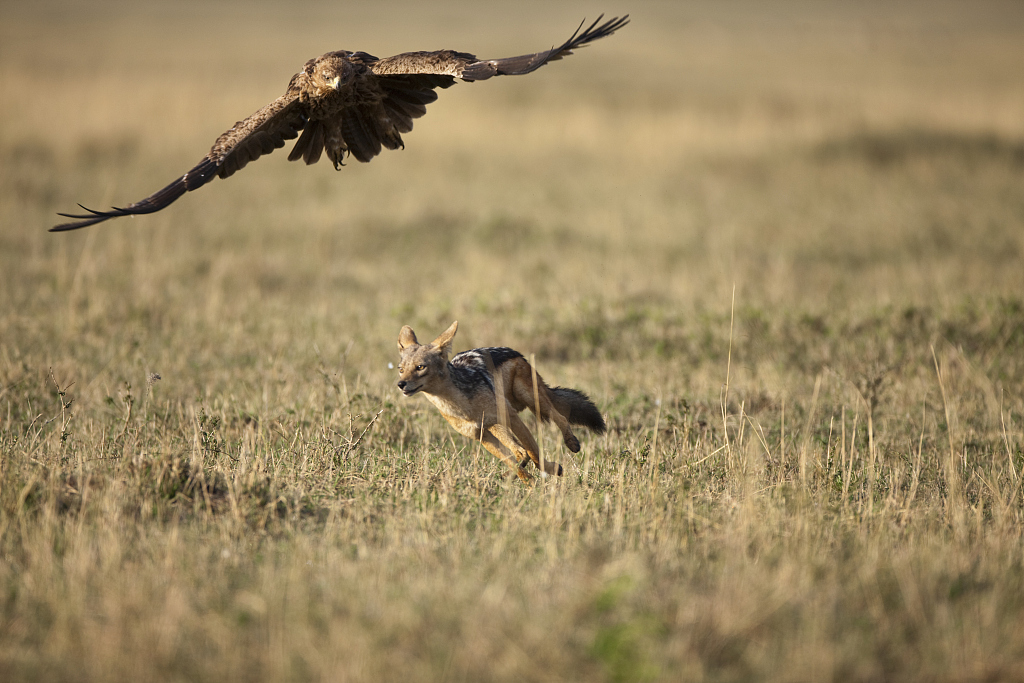
Eagles also threaten the lives of jackals. /VCG
Eagles also threaten the lives of jackals. /VCG
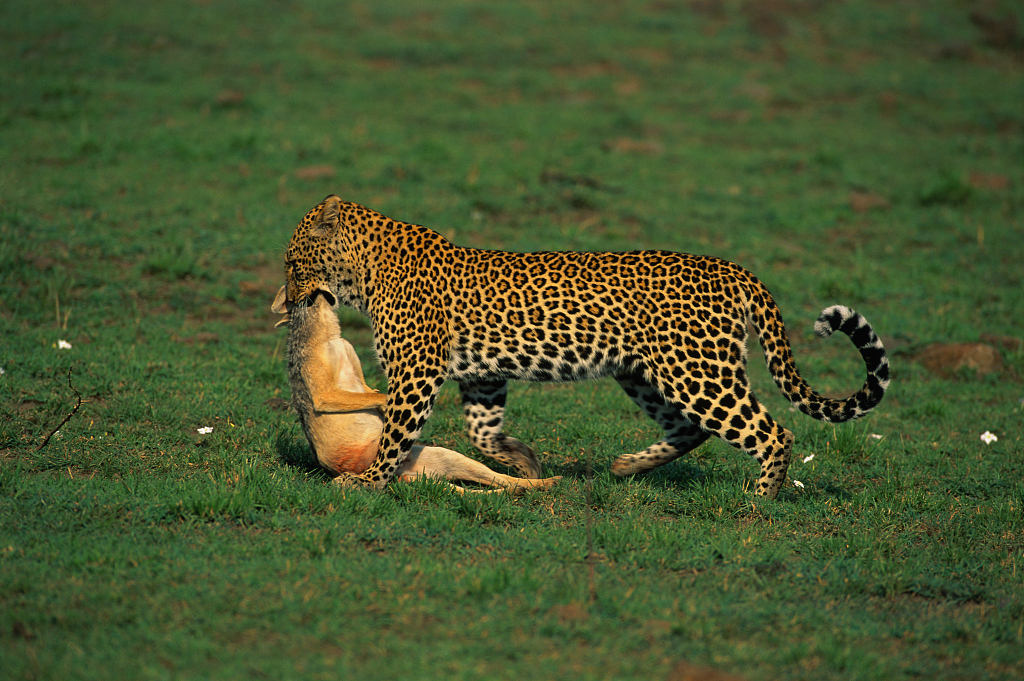
Leopards are also a big threat to jackals. /VCG
Leopards are also a big threat to jackals. /VCG
Jackals are currently listed as the Least Concern on the International Union for Conservation of Nature Red List, but like many other wild animals, they are threatened by habitat loss and human-wildlife conflict.
(Cover image via VCG)
(If you want to contribute and have specific expertise, please contact us at nature@cgtn.com.)